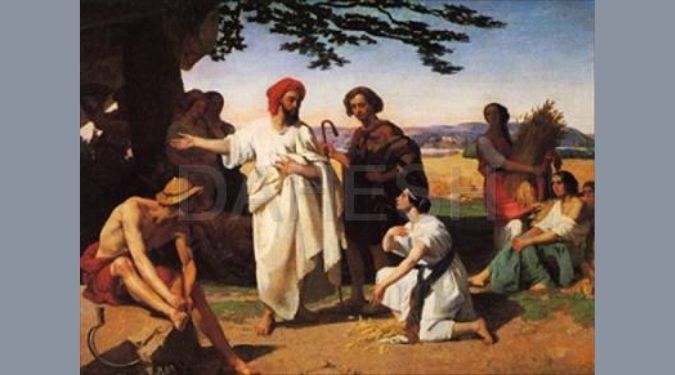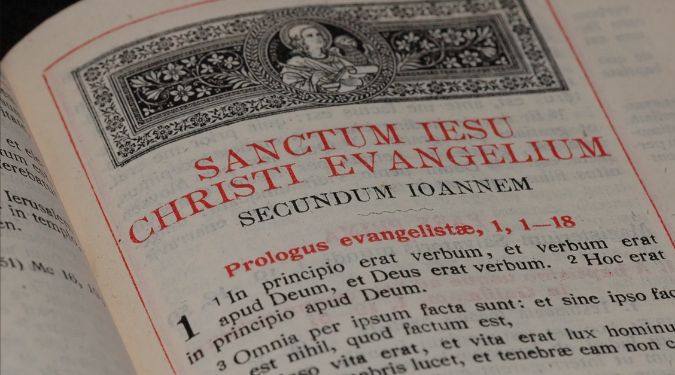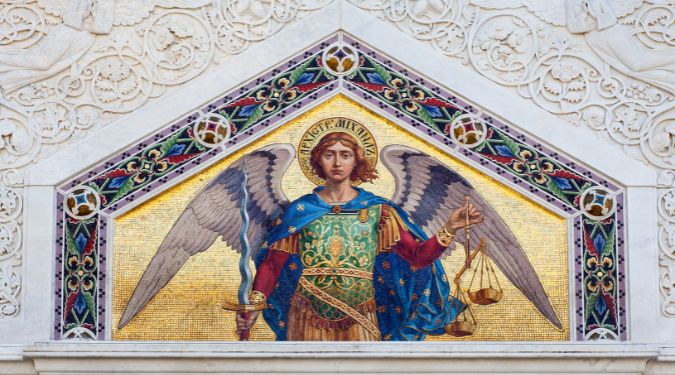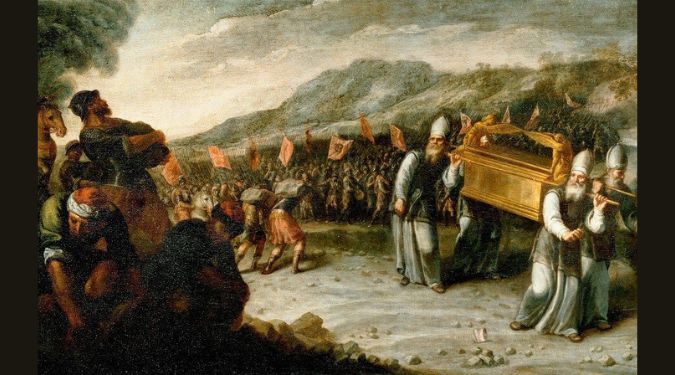The short Book of Ruth offers a refreshing change after reading the dark book of Judges. It is a short book, with only four chapters, and can easily be read in a single sitting. The Book of Ruth opens with the newly widowed Naomi departing Moab for her home in Bethlehem. Her Moabite daughters-in-law, Ruth and Orpah, themselves newly widowed (they were married to Naomi’s sons), want to come with her, but Naomi urges them to stay in Moab. Orpah, despite her love for Naomi, eventually does, but Ruth insists on going with Naomi back to Bethlehem, saying:
“Entreat me not to leave you or to return from following you; for where you go I will go, and where you lodge I will lodge; your people shall be my people, and your God my God; where you die I will die, and there will I be buried. May the Lord do so to me and more also if even death parts me from you.”
Ruth 1:16-17
There was bad blood between Israel and Moab and Israel was strictly forbidden from having relationships of any kind with the pagan people of Moab, especially marriage. We read in the Book of Deuteronomy:
No Ammonite or Moabite shall enter the assembly of the Lord; even to the tenth generation none belonging to them shall enter the assembly of the Lord for ever;
Deuteronomy 23:3
In the Book of Numbers we read about the women of Moab seducing and leading Israelite men into idolatry. (Numbers 25:1-5). In the Book of Judges we read that Moab’s King Eglon oppressed Israel for eighteen years. (Judges 3:12-14)
Nonetheless, Naomi heads back to Bethlehem with her Moabite daughter-in-law, Ruth. After some time, Naomi urges Ruth to glean the grain in the fields of a rich relative, Boaz. After a dramatic encounter on the floor of the threshing room, Boaz decides to “redeem” Ruth, and Naomi with her, after first confirming that another closer relative will not assert his rights to do the same. Boaz marries Ruth, and they conceive a son, Obed, the grandfather of King David.
A childless widow would have been in the most desperate situation at this time. A foreign childless widow would have been in even more dire straits. Mosaic law included a provision to save Israelite women from this situation.
Some form of the Hebrew word גֹאֵ֖ל (pronounced “gaw-AL”), which broadly means “kinsman”, appears 22 times in the short Book of Ruth. “Kinsman” however, does not capture the full meaning of the word, for it is imbued with social obligation, and so in the Book of Ruth, it is best translated as “kinsman redeemer”. A kinsman, in most cases, a brother, was obligated to take his deceased brother’s wife as his own wife if his brother died with no son. (Deuteronomy 25:5-6). In the Book of Ruth, Boaz saves Ruth and Naomi from their certain death by assuming the role of kinsman redeemer. Because of this, the Church Fathers saw Boaz as a type, or prefiguring of Christ.
In their book “A Catholic Introduction to the Bible: The Old Testament”, John Bergsma and Brant Pitre give many other reasons why the Church Fathers considered Boaz to be a type or prefiguring of Christ:
- Boaz was an ancestor of King David, and Jesus was a descendant of King David (Ruth 4:21 and Mt 1:1). Both were born in Bethlehem, as was David.
- Boaz’s name means “in him is strength”, and St. Paul says that we find strength in Christ. (1 Tim 1:12).
- Boaz was the kinsman of Naomi and Ruth, and the Letter to the Hebrews tells us that Jesus is our kinsman by sharing our flesh.
- Boaz took Ruth “under his wing” (Ruth 3:9) and Jesus said that he longed to take his people “under his wing” (Mt 23:37).
- Boaz gave his future bride, Ruth, a gift of finest grain, and Jesus feeds the Church, his bride, with his own body in the form of bread (Mt 26:26).
So if Boaz was a type or prefiguring of Christ, what is Ruth? The fact that Ruth was a gentile is not insignificant. St. Isidore of Seville, a seventh century Spanish scholar, priest, and Doctor of the Church explains:
Now let us look at Ruth, for she is a type of the church. First she is a type because she is a stranger from the Gentile people who renounced her native land and all things belonging to it. She made her way to the land of Israel. And when her mother-in-law forbade her from coming with her she persisted, saying, “Wherever you go, I shall go; your people shall be my people; and your God shall be my God. Whichever land receives you as you die, there I too shall die.” This voice without doubt shows that she is a type of the church. For the church was called to God from the Gentiles in just this way: leaving her native land (which is idolatry) and giving up all earthly associations, she confessed that he in whom the saints believed is the Lord God;”
Isidore of Seville, “On Ruth” (Bergsma & Pitre, 2018, 579)
The Book of Ruth is not only a delightful love story and a story of God’s providence, but it also unveils God’s plan of a call to holiness to gentiles like Ruth, you, and I. It not only points to the coming of King David, but also provides us with a rich type or prefiguring of Christ in the person of Boaz and of the Church in the person of Ruth.






